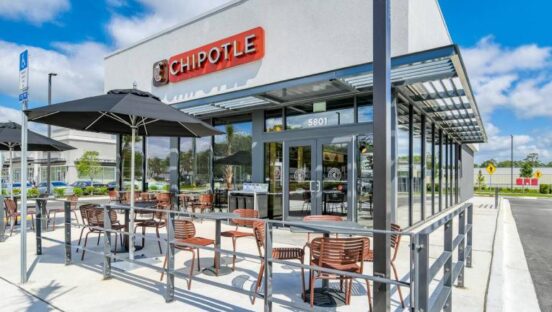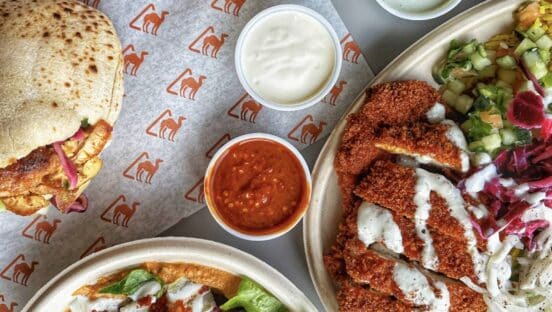




The Rise of the Experience Economy
The rise of the “experience economy” is frequently referred to as one, if not the most important trend in marketing right now.
Because of this, everyone from retailers to restaurants have been listening and looking to offer something different to attract customers. Whether it’s a robot waiter, interactive dining tables or a kooky menu, the sense that a brand needs to stand out from the crowd in order to beat off the competition is pervasive. But is it really what bars and restaurants need to do to attract spenders when the market hits a rough patch or customers are reluctant to spend?
We have been investigating this very point, questioning customers on what exactly it is they look for in a restaurant. Here are their top four requirements—and they might not be the four you’d think.
The Menu
This sounds a bit vague by itself, but having delved further we discovered that people indicating that the menu is the most important aspect of their restaurant choice look primarily for a variety of options—followed closely by the quality of the descriptions of the food.
In meeting these needs, a good menu will tell people what they can expect from the food that they are going to order. It should highlight the variety that the restaurant has to offer by demonstrating the different qualities of each dish, and spotlight the key attractions and therefore, differences, between menu items. In looking at the menu, everyone in a group should feel they have to option to order something that really want to eat.
Get it right and you might even attract customers to begin exploring dishes they have never heard of before.
A low price
If only menu pricing was as easy as plucking a number out of thin air: steak and fries? $8.99! Unfortunately it’s not. To be profitable, a restaurant should aim to keep food costs within 28–35 percent of gross income, they can’t simply undercut their competitors. That’s a path many retailers have taken to their detriment. Despite this, a balance must be found as low prices are something consumers are looking for in this time of careful spending.
Offering low—but profitable—prices, can come down to a matter of perception. To get it right, restaurants should look to gain a deeper understanding of its price position in the mind of its customers. First, how are costs already perceived? Second, how do prices measure against comparable items on competitor menus? Knowing this will immediately reveal price gaps and suggest whether there are gaps that can be closed.
Once confident of pricing, look to manage customer perceptions, making it clear that diners will be getting great value for money when choosing to dine at your restaurant.
Food quality
As consumers place a growing emphasis on food being organic, sustainable, and locally sourced, the importance of restaurant food quality has grown. Now, it is increasingly recognized that food quality can affect a person’s health, nutritional status, and even mental strength.
In an industry, which relies on a first-time customers becoming repeat customers, food quality plays a vital role in the development of trust between the diner and the restaurant. Serve well-cooked, good quality food, and they are far more likely to walk through the door in the future.
Of course quality can be perceived on a sliding scale and is often matched alongside perceived value. A person being served foie gras for $2 will see the quality against value as being more satisfactory than a person being charged $200 for an identical dish. This doesn’t mean you should compromise food quality for cost to fit a bracket – do that and you’ll end up paying more in lost guest satisfaction—but you should aim to match the positioning of each correctly alongside the other.
Friendly staff
It should go without saying that a restaurant must never take customer service for granted, and our research confirmed that this is core to customer satisfaction. Some diners might even argue that the best food in the world won’t make up for poor service
A well-trained waiter will speak to customers politely—and in a style that reflects the business brand. They will go out of their way to provide them with a special service and can even remember those customers that visit regularly. Diners that come into contact with that waiter will enjoy their experience, they will retain fond memories of your business and will make repeat visits.
So could restaurants be getting sidetracked from what really matters to their customers? After all, the desire for a unique experience was placed just 6th in customers’ list of requirements. Rather than focusing on providing something different, businesses should be aiming to juice up their menus and train staff to provide the experience that will keep customers coming back for more. Together, these points will form the experience that customers really want.
Nick Hucker is CEO of Preoday, a digital ordering platform serving food and retail businesses across the world. He has a strong background in business development and has held senior roles with companies including leading global advisory, broking and solutions firm, Willis Towers Watson












